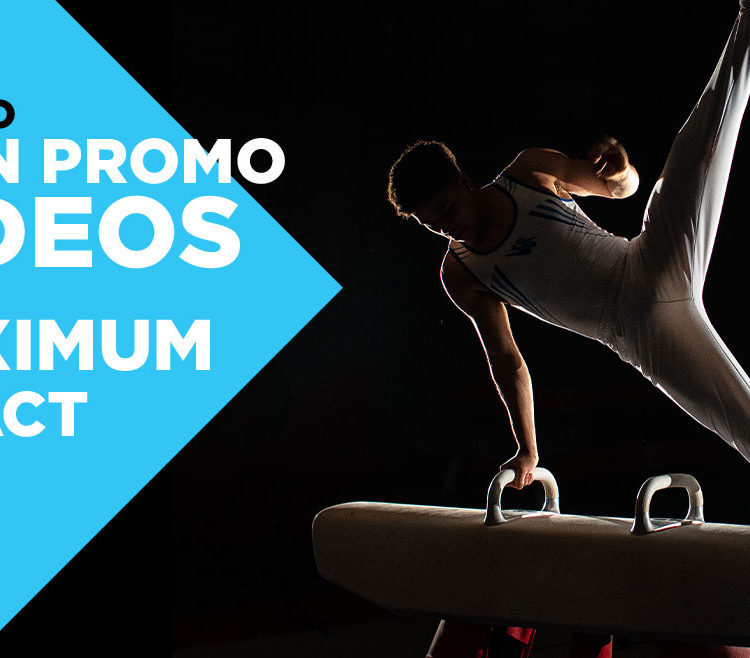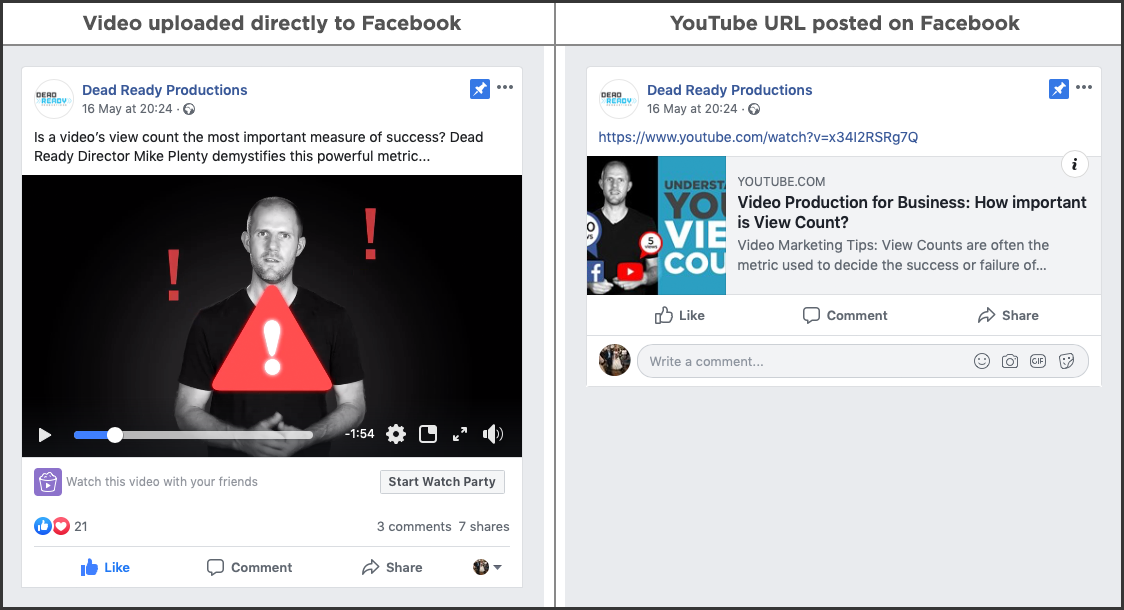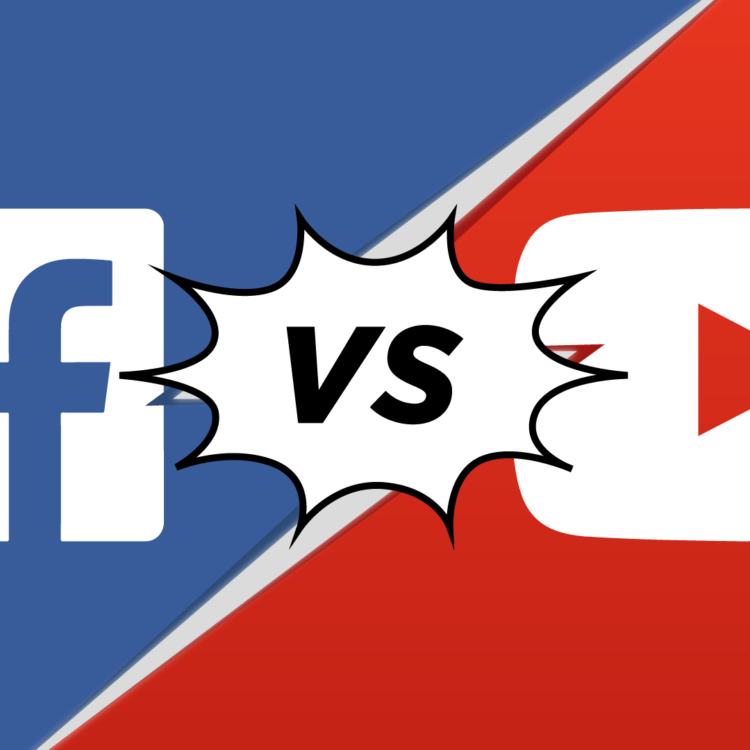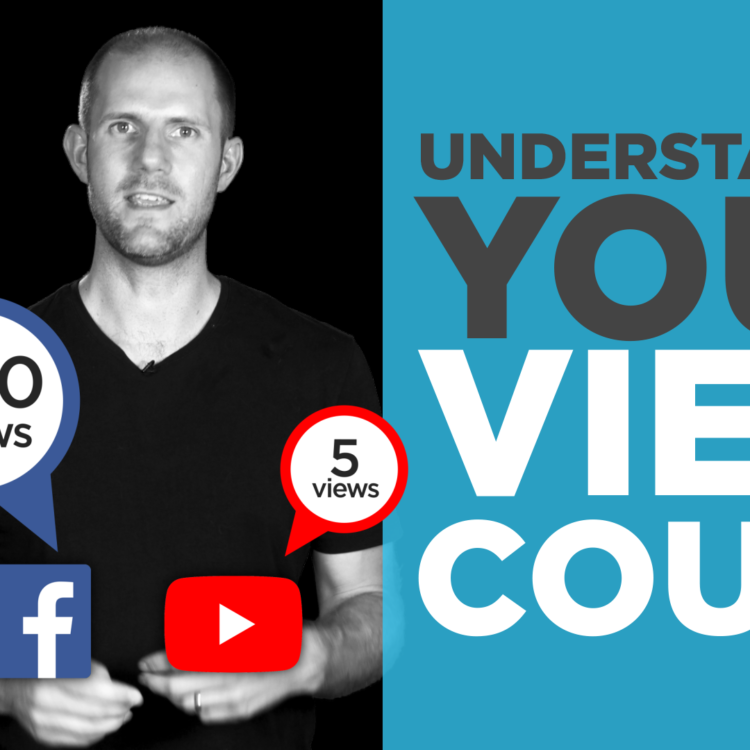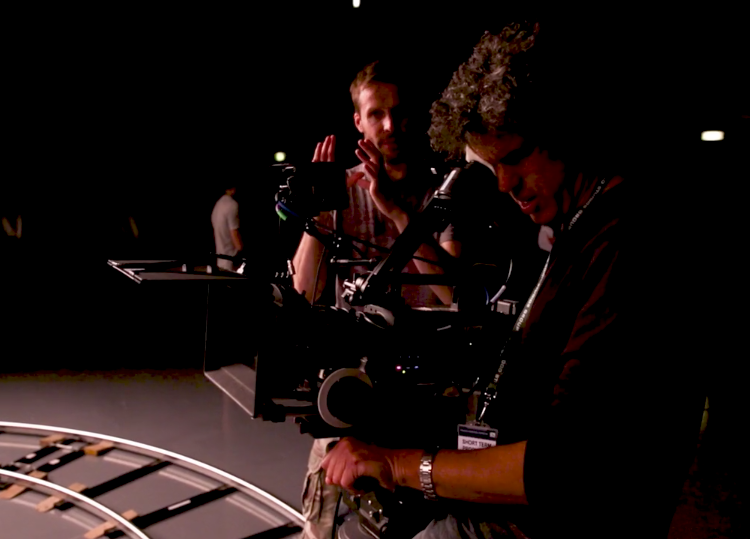How To Plan Promo Videos For Maximum Engagement
Promo videos often have a lot of information to deliver. Whether you’re using them to launch a product or to promote your business as a whole, you’re probably under pressure to pack in lots of brand messaging and the risk is that you fall into the trap of talking AT your audience.
This severely undermines engagement, so the way to avoid it and to keep the audience focussed on your content, is to not only think about what you’re saying, but HOW you’re saying it.
Here are a few approaches to make sure you’re not only delivering your messaging, but that you’re giving your audience what they want.
Be Slick
Being slick isn’t about being too clever, its about disciplined execution. Cut down on any unnecessary repetitions, pauses or hesitations to keep up the pace of your video and make sure you give it the required rehearsal time.
Consider adding a visual hook which delivers pretty standard corporate messaging, while the one-shot approach takes the audience a visual ride.
Be Impressive
Video is an innovative area of technology and new production approaches are popping up all the time, many of which are available to relatively low production budgets.
If you move fast you can take advantage of the novelty value of augmented reality, 360 filming or aerial footage to to wow your audience with something they’ve not seen before.
Make Us Feel Something
There’s research that suggests that marketing on functions and features can increase the perceived benefits of your brand by 21% which isn’t bad, but if you tap into something emotive, the bump could be more like 42%.
Whether you’re making your audience laugh or tugging at the heartstrings, emotive scripts benefit from having a focussed creative vision.
So, assign script writing responsibility to your most talented writer (or engage a pro script-writer), give them plenty of rope and protect them from interference from elsewhere in the business.
Embrace Metaphors
Finally, I wanted to share an example of a promo video we produced for software platform Jaggaer One.
Knowing the complexity of their product would be difficult to explain literally in a few short minutes, the client embraced the idea of featuring a visual metaphor to quickly communicate the value of the platform.
Presenting the gymnast on the pommel horse at the beginning gave the audience something unexpected to kick off the video and kept them engaged, before easing them into the specific benefits of the product.
The key to a successful promo is to excite your audience; inspire them with a vision of how their future could be if they were to reap the benefits of your offering. If you know your customer and you never lose site of what they want, you can’t go wrong. Good luck!
If you would like to discuss how Dead Ready Productions could help you to further enjoy the benefits of video for your business, please get in touch via the button below or by calling +44 (0)208 339 6139.
